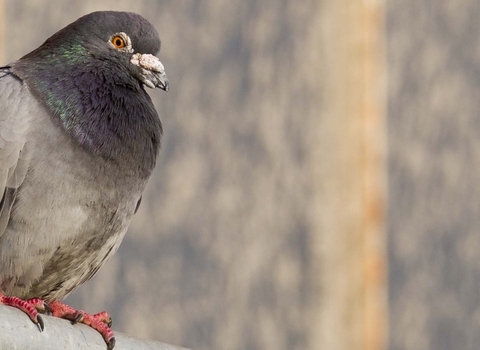The most important bird in Darwin’s studies was the humble domestic pigeon. When Darwin began studying and breeding pigeons in 1856, he soon became as enthusiastic about the wonderfully varied breeds as any working-class fancier. The breeding of fancy pigeons was something of a craze in Victorian times.
Studying pigeons became a lifelong fascination for Darwin, wherever he went he always returned with a new pigeon to add to his collection.
Darwin learned much from the different breeds which he owned, how they quickly adapted to their new home and surroundings. He learned that truly to learn about any pigeon you had to have at least three generations of the same family, but even then their offspring from time to time would throw a new mutation.
Charles Darwin’s pigeon loft was nothing more than a huge laboratory which he visited on a daily basis for over twenty years. He bred every domestic pigeon he could obtain. He proved that you could change the species by selective breeding and then continue pairing certain mutations together to fix the type of bird to be bred. Darwin in 1856 proved that all pigeon breeds do originate from the Rock Dove and through a process of regression you can recreate the Rock Dove, the ancestor of all pigeon breeds. Darwin proved this by doing many cross breeding exercises.
Although his study of pigeons informed The Origin of Species, Darwin’s real “pigeon book,” The Variation of Animals and Plants Under Domestication, did not come out until 1868. Its long and beautifully illustrated section on pigeons is still readable and relevant to both naturalists and pigeon fanciers today.


